Visual Weight
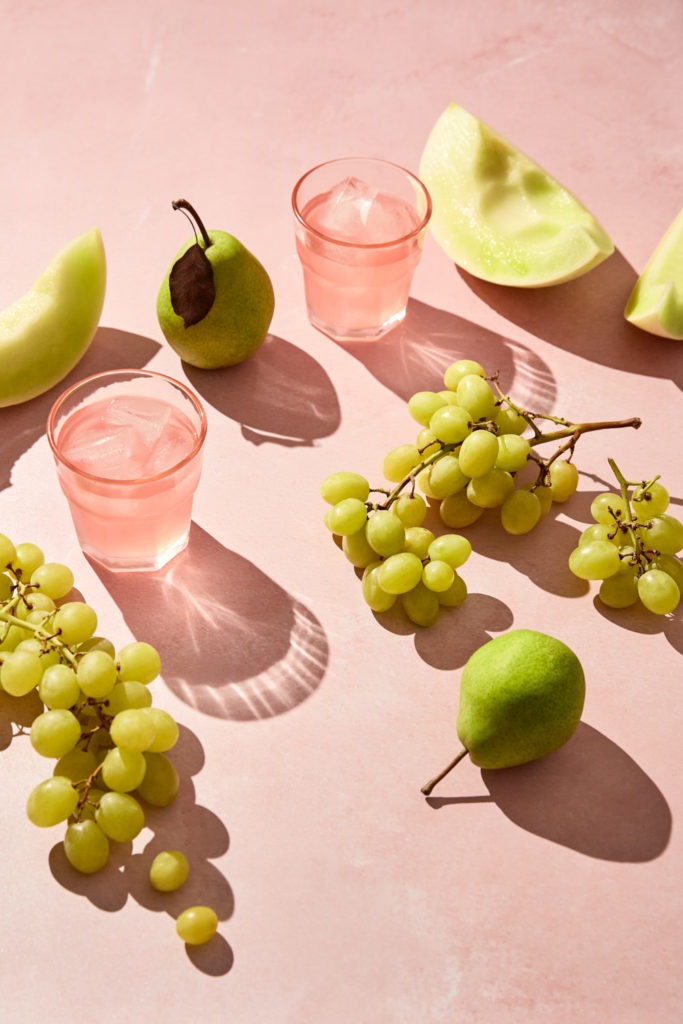
The concept of visual weight often gets overlooked for more familiar principles like rule-of-thirds, yet it’s one of the most basic and fundamental concepts in photography. But what about when we’re talking food photography? Keep reading to find out!
How Are Composition Overlays Used in Food Photography?

Composition overlays are used extensively in the world of commercial food photography. If you’ve ever shot a magazine cover, or worked on a product packaging shoot, you’ve likely worked with an overlay provided to you by the client or an art director. If you haven’t, you may be wondering what is a composition overlay? Keep reading to find out…
How Texture Elevates Your Food Photography
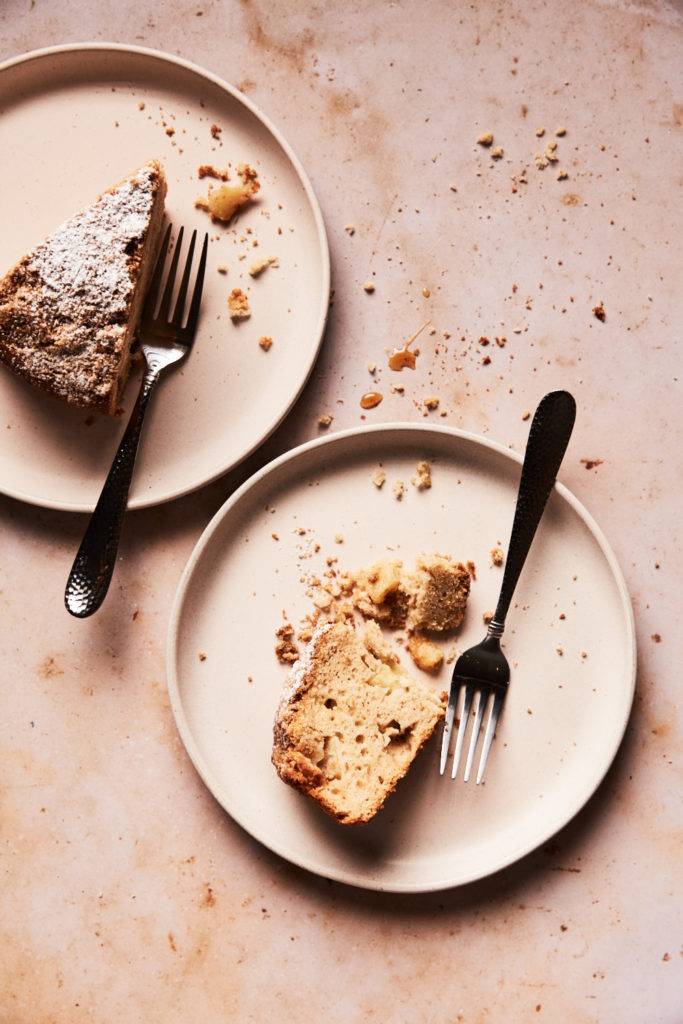
By consciously considering texture when composing our food photos, we allow the viewer to experience our photos more directly. Texture can trigger the perception of cutting into a flaky apple pie or licking a creamy, drippy ice cream cone. Keep reading to find out more about this key principle of composition.
Combining Multiple Lights in Food Photography
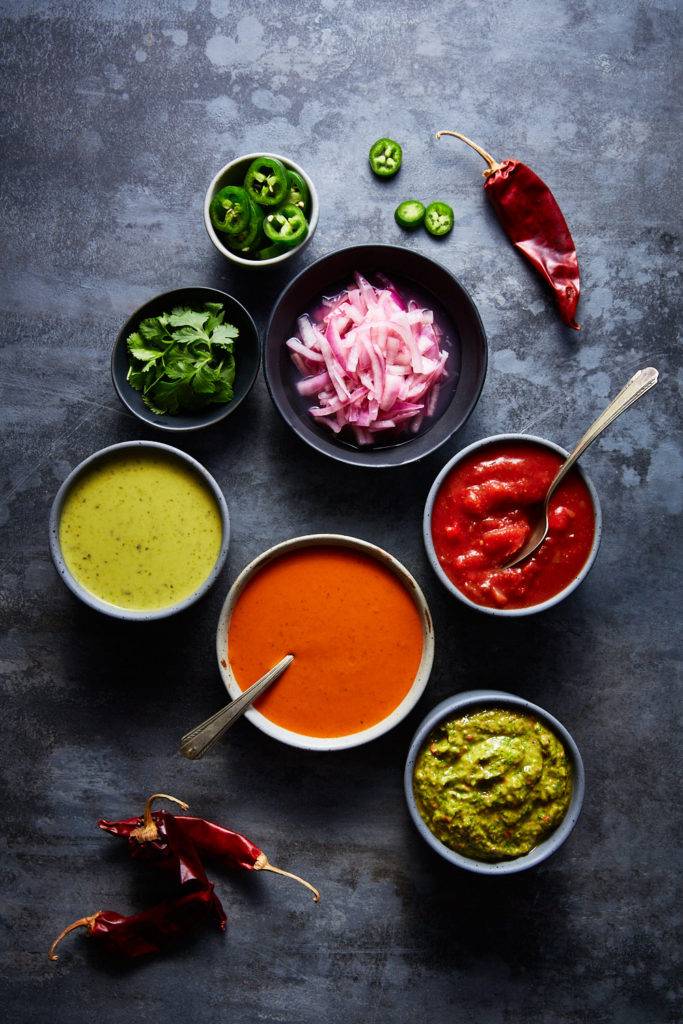
One of the biggest challenges in learning artificial light for food photography is using multiple lights in a scene. Shooting food with multiple lights is kind of the last frontier of learning flash. Keep reading for the basics you need to know to get started.
How to Get Creative with Your Food Photography Lighting
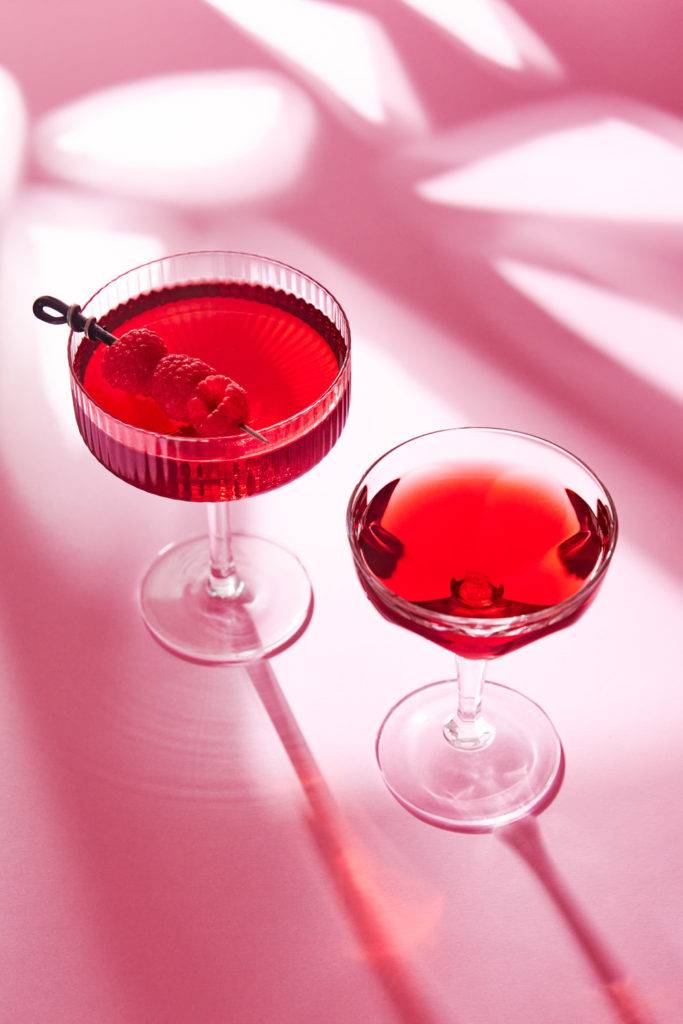
The best thing about working with artificial light—especially with flash—is how much control it gives you. You can work at any time of day or night and achieve consistent light from frame to frame. You can craft whatever light you want to tell the story of your food. Find out How >>
Essentials for a Home Food Photography Studio
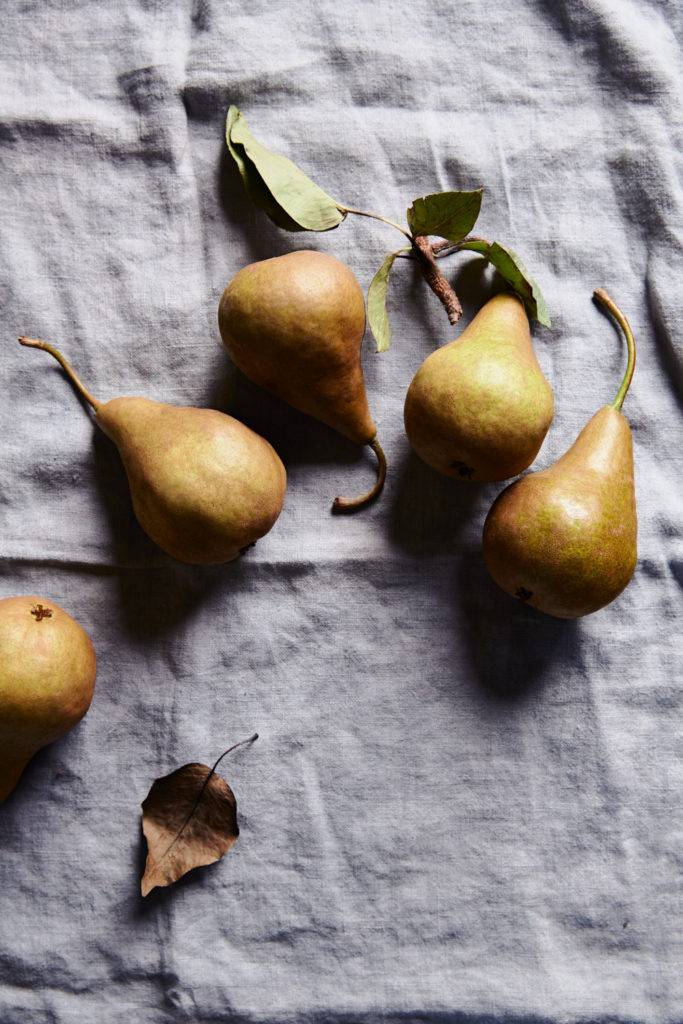
You don’t need a lot of gear—or even expensive gear—to produce great food photography. The reality is your skill in using the equipment you have is what’s important. Keep reading to find out what will hold you back…


